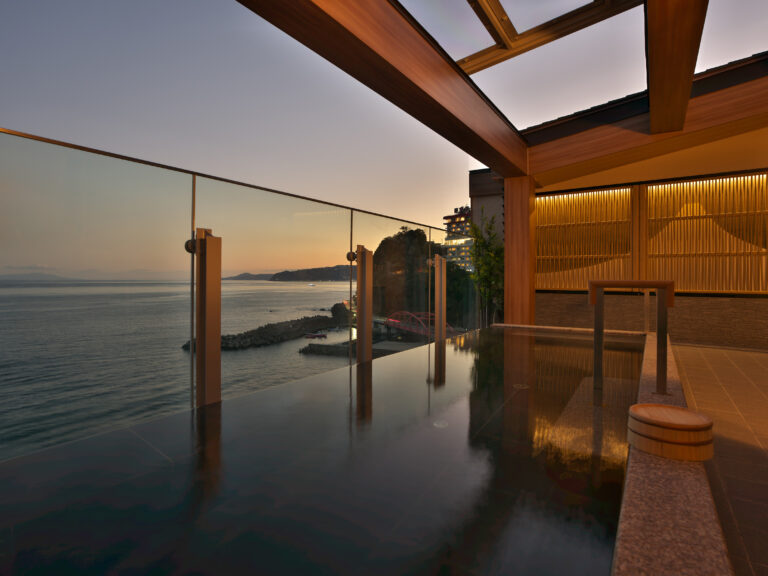
The hot spring inn New Sagamiya boasts a location called Sagami Bay in front of you, and you can take a day bath with lunch on weekdays. The hot spring uses "Rashiyu" from Izuyama Onsen. A large bathhouse with a view of Sagami Bay on the first floor is good, but again to a rooftop open-air bath with a panoramic view of Sagami Bay. A rooftop rent-out outdoor bath is also available free of charge. Lunch at the restaurant on the second floor is authentic kaiseki cuisine. After bathing, you can take a break slowly in the guest room.
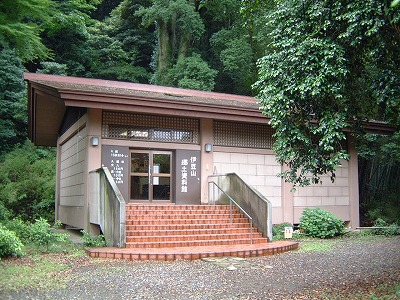
Located in the precincts of Izuyama Shrine, it stores and displays cultural objects related to the Izuyama district, including the statues of gods, statues of Buddha, and sutras. On display are important cultural treasures of the country, such as the Zuken Mud Hanwaka Sutra, as well as the headhair mandala using the hair of Masako Hōjō, all of which are duplicated. Also on display are Shizuoka Prefecture-designated cultural objects, such as the Shiyu-gong statue and the Hokan Amitabha Buddha statue. It takes 15 minutes.
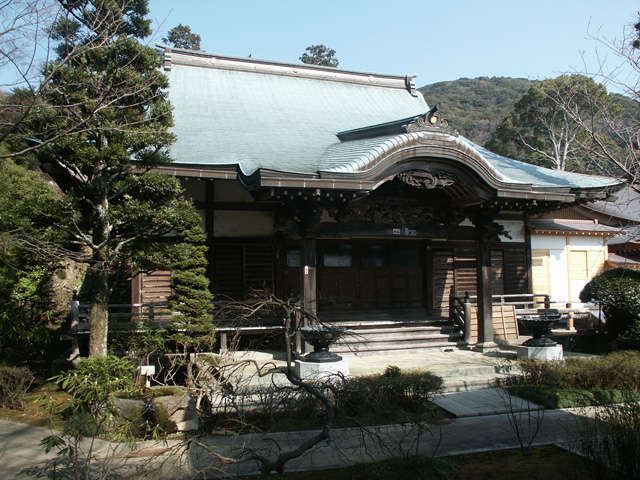
It is an ancient temple of the Shingon sect, and the mountain is Mt. Until the first year of the Meiji era (1868), it was a continuation of the precincts of Izuyama Shrine. It used to be the Shingon sect, Izu's Sōgentatsu, which had a large force in the Kanto area, but was demolished and moved to its current location on the west side of the shrine by the Shinbutsu Order.
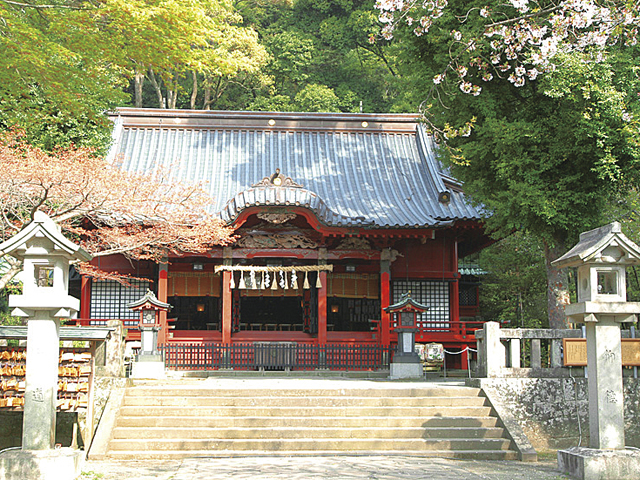
From Izusanhama at Atami Izusan Onsen, the main shrine is located on a hill up the stone steps of a long approach where Yaezakura is stunning in the spring. It was once called "Izuyama Daigyo", and it is an old company whose name also appears in the "Enki Shiki" of the Heian period compilation. Minamoto no Yoritomo prayed for the re-emergence of the Minamoto, and during the Kamakura period, it became the seihachi-shū sōjōjin and was revered. It is said that the area near the main shrine of Akuma, which overlooks the Sagami Nada, is the place where Yoritomo and Masako Hojo overlapped with each other, and it has become popular as a power spot for the border, due to the perched stones of Yoritomo and Masako. In the precincts, there are attractions such as Gōri-ishi and the Izuyama Local Museum, and you can visit the main shrine if you climb from the main shrine for about an hour.
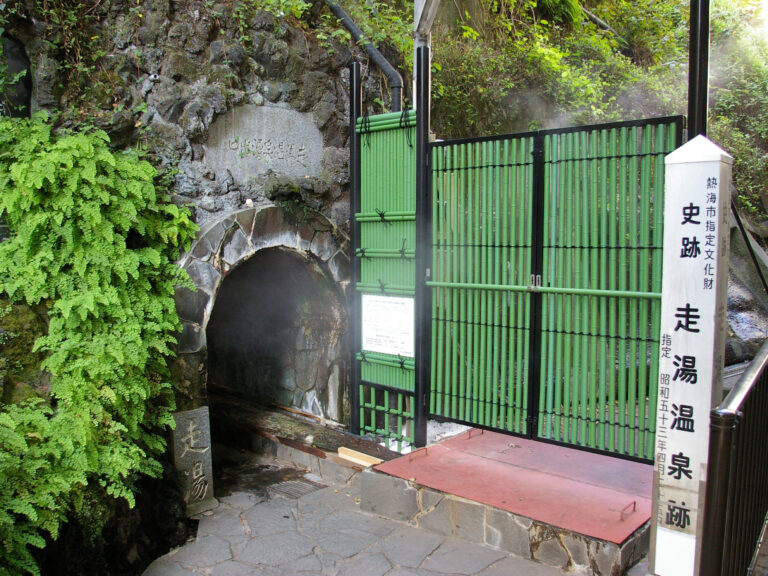
The discovery dates back to the age of the elderly (717-724), and it was also called Rashiyō. It was the birthplace of Izusan Onsen. In the back of a 5m long cave, there are still 170 liters of hot water at about 70 degrees per minute.
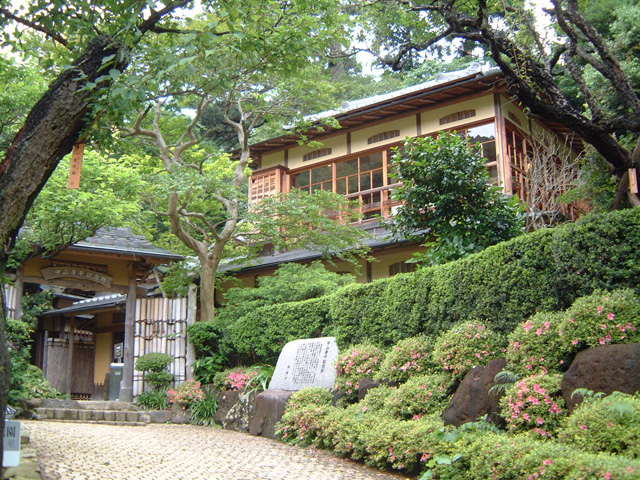
A memorial hall located within the Atami Umezan, where Shinpei Nakayama is a composer from the Taisho and Showa periods with works such as "Habu no Port"; a building that spent his later years in Atami has been relocated, and displays his favorite pianos.
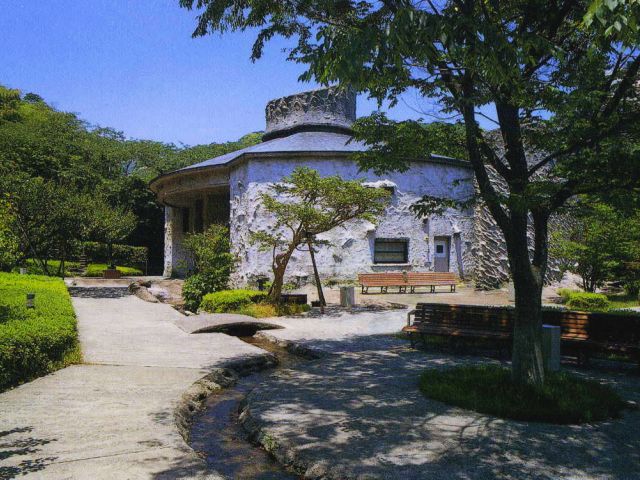
The museum, which stands adjacent to the Atami Baimen. It displays works by Masahiro Sawada, a sculptor who is an honorary citizen of Atami City and received the Order of Culture. All of the works centered on woodcarving are powerful with a sense of life. The 5m diameter ceiling stained glass "Peten" is also a work by Masahiro Sawada. Popular with young couples when you stand under it and be happy.
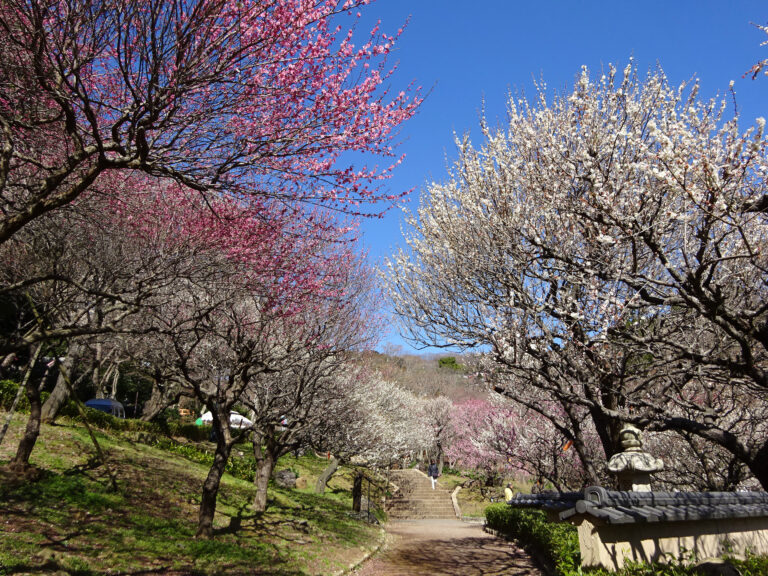
In 1886, a plum garden was created by an asset house in Yokohama. In a garden of about 44,000 square meters spread along the Hatsukawa River, 469 plums of 60 varieties such as winter solstice and double red were planted, and they were allowed to bloom from January to March. A plum festival is held every year from the beginning of January to the beginning of March. It is crowded with many flower visitors.
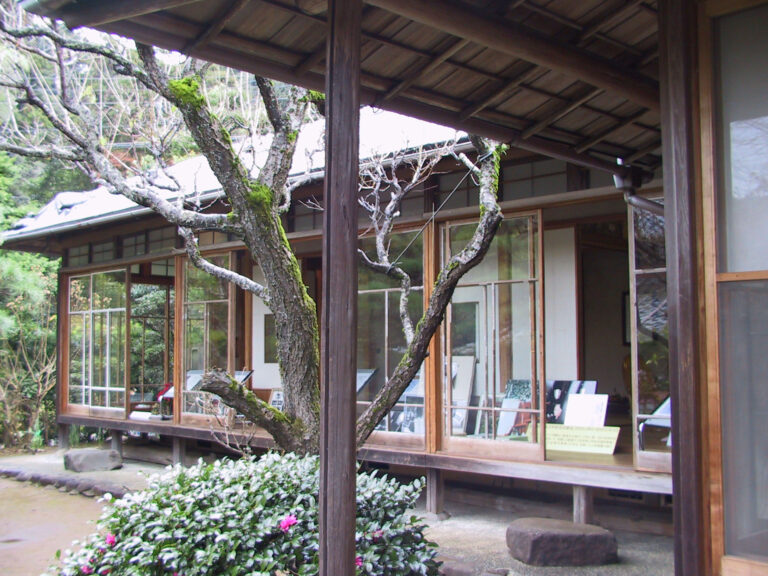
The former home of a Japanese literary scholar, Nobuto Sasaki, who had excellent achievements in the study of the Man'yōshū; the garden was planted with trees sung to the Man'yōshū, and there is also an explanatory board for a song sung by Nobuyō.
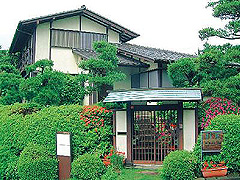
It was built in 1977 by the historical writer Sonoko Sugimoto, who is famous for his works such as "Takizawa Hakoto" and "Kōno no Kishi"; and became a base for writing for 15 years from 1980.











